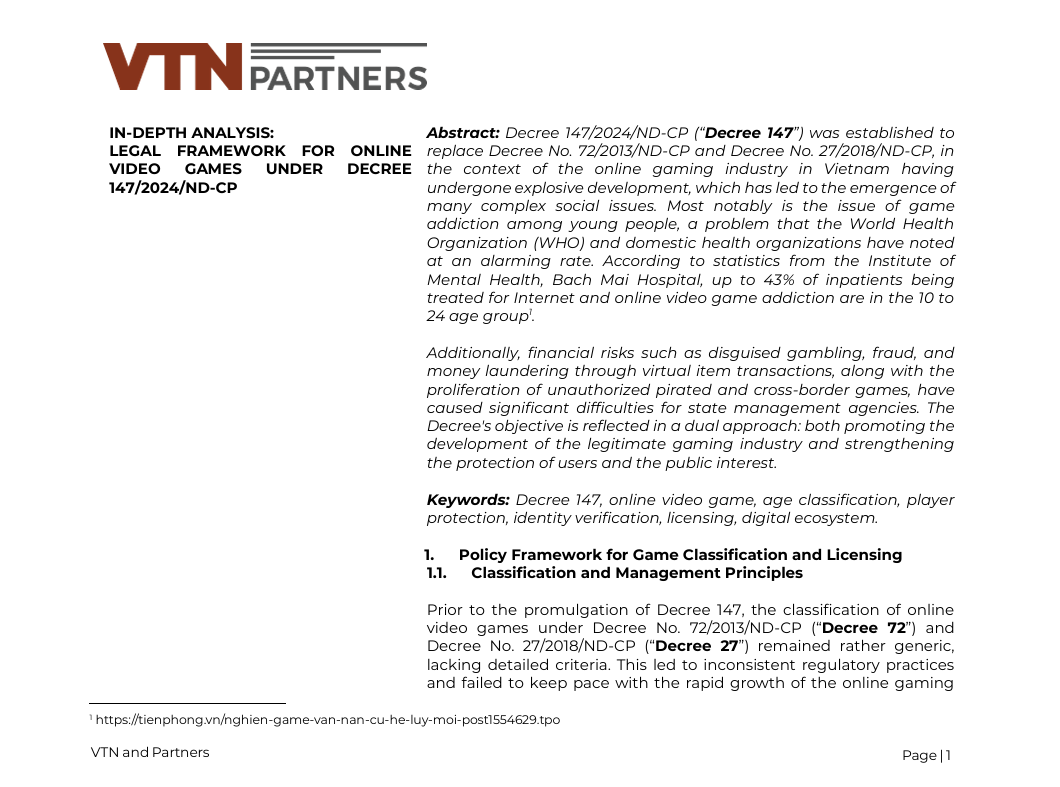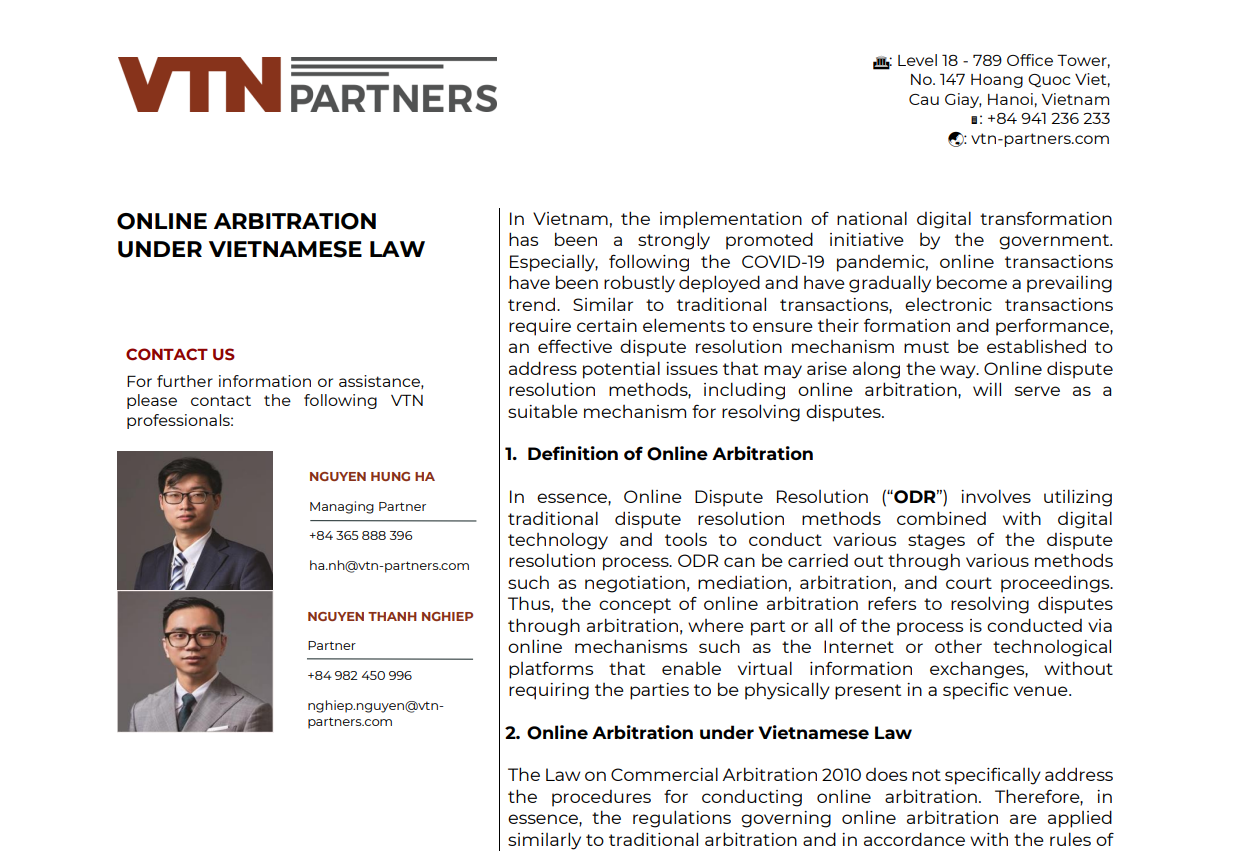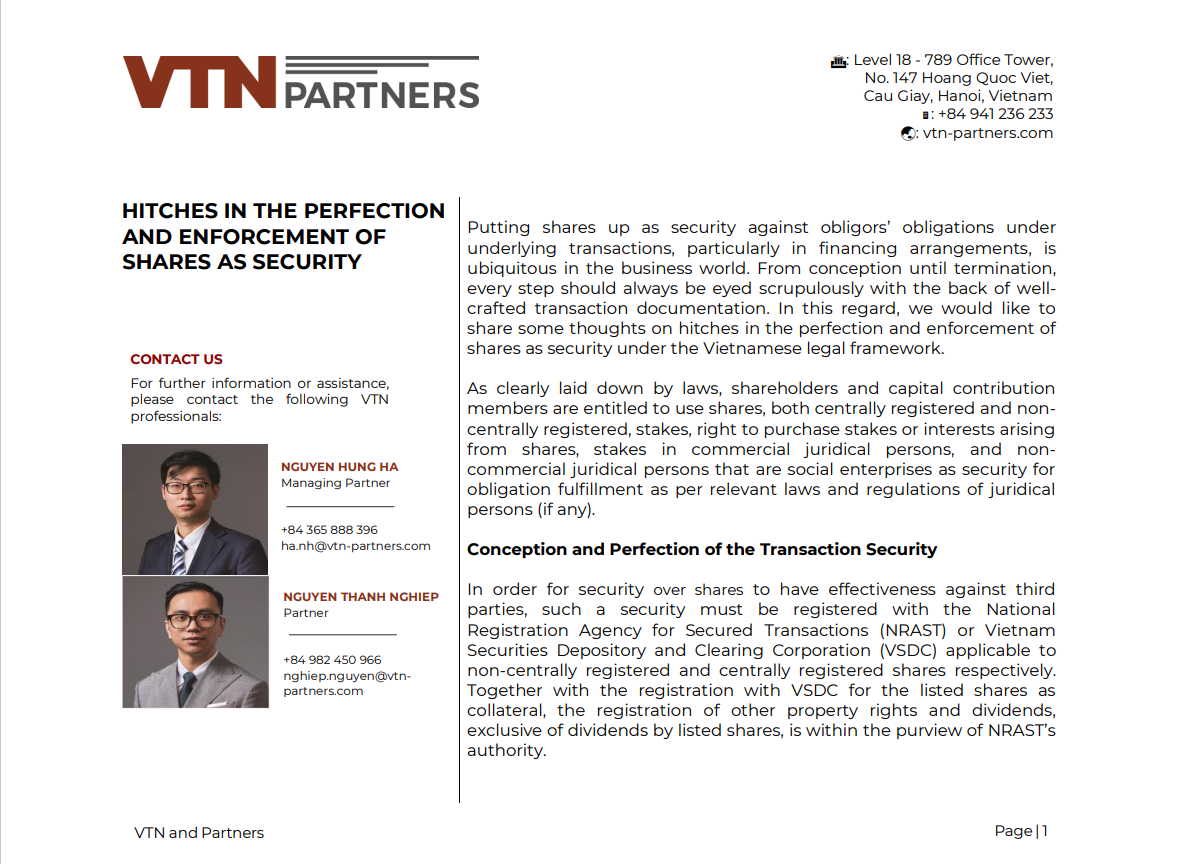In compliance with the regulations on term deposits and saving deposits[1] (collectively hereinafter referred to as the “savings”), Vietnamese banks and foreign bank branches (collectively hereinafter referred to as the “banks”) now offer their loan product backed by savings as the collateral to their customers.
In particular, a lot of banks agree with their customers to use their savings maintained at other banks as collateral for their loans[2]. This writing presents you with the associated risk of accepting the savings as the collateral in terms of the set-off right and security interest and the approaches to reduce such risks.
Set-off under the laws of Vietnam
Set off is specified in Article 378 and Article 379 of Civil Code 2015 of Vietnam and Article 63 of Bankruptcy Law 2014.
Article 378 of the Civil Code 2015 reads that “1. Where the parties have reciprocal obligations with respect to the fungible assets, they are not required to perform their obligations towards each other when such obligations become due and the obligations are considered terminated, unless otherwise provided by law. 2. Where the values of properties or acts are not equivalent, the parties shall settle with each other the difference. 3. Objects having monetary value may be used to set off payment obligations.”
A civil obligation may not be set off in the following cases[3]:
- The civil obligation is in dispute;
- The obligation is to compensate for damages caused by invasion of life, health, dignity, honor or reputation;
- The obligation is to support others;
- Other obligations as provided by law.
In Bankruptcy Law 2014, Article 63 sets out that after the competent court opens the bankruptcy proceedings, creditors and insolvent company may set off their liabilities against those of the creditors provided that such liabilities are derived from the contracts concluded before the decision to initiate the bankruptcy proceedings is issued. The set-off must have the prior consent of the asset management officer or asset management enterprise.
As such, pursuant to the laws of Vietnam, banks may only set off the savings against their customer’s due loan repayment obligations if both become due and payable. In case of bankruptcy, the set-off must also be agreed upon by the asset management officer or asset management enterprise.
Security interest over savings: pledge or mortgage
Pledge of property means the handover of property by one party under its ownership to another party as security for the performance of an obligation[4]. Customers use their savings to secure obligations to the savings bank, such savings shall be under the possession of the bank and following the definition of the pledge, such utilization of the savings as security at the savings bank is considered as the pledge of the savings.
Meanwhile, if the savings opened at one bank are used as the security to secure obligations of the customer towards another bank, such securitization of the savings is satisfactory for the definition of mortgage under the laws of Vietnam[5].
Borrower breaches their obligations towards both banks, what is the risk?
The savings bank reserves the right to set off the savings against their customer’s obligations when the loan has matured. In the meantime, the other bank is secured by the same savings under a mortgage agreement over such savings. This is set for a potential conflict between the savings bank and the secured bank over such savings – how the payment priority shall be determined?
How will such savings be settled against the borrower’s obligations?
Once the mortgage of savings is registered with the national registration agency for secured transactions, it shall take effect against third party and the secured bank will have higher priority for payment amongst other secured parties[6], if any. However, set-off is not a form of security interest under the Civil Code 2015[7]. Which bank, then will be ranked higher to settle the savings when their customer has matured obligation to both banks?
There is not any solid answer to such question according to the prevailing laws of Vietnam. Banks may take below approaches into consideration to reduce risk of dispute between the parties:
- Do not allow your customers to use the savings opened at your bank as collateral at other banks.
- Do not allow your customers to use the savings at other banks as collateral for their loans at your bank.
- In case, you would like to agree with your customers to mortgage the savings at other banks to your bank, an acknowledgement of the savings utilization as collateral by the savings bank is needed to make sure that the savings bank knows and agrees with the mortgage of the savings and does not implement its set-off right upon the maturity of mutual obligations between the savings bank and their customer.
[1]Article 13 of Circular No. 48/2018/TT-NHNN and Article 11 of Circular No. 49/2018/TT-NHNN
[2] For example: Vietinbank (https://www.vietinbank.vn/vn/ca-nhan/loan/tieu-dung/cam-co-so-tiet-kiem.html?tab=1 ) and HDBank (https://www.hdbank.com.vn/vi/personal/product/detail/san-pham-vay/vay-co-tai-san-bao-dam-la-the-tiet-kiem/vay-co-tai-san-bao-dam-la-the-tiet-kiem)
[3] Article 379 of Civil Code 2015
[4] Article 309 of Civil Code 2015
[5] Article 317.1 of Civil Code 2015: Mortgage of property means the use by one party (hereinafter referred to as the mortgagor) of property under the ownership of the obligor as security for the performance of an obligation to the other party (hereinafter referred to as the mortgagee) without transferring such property to the mortgagee.
[6] Article 319.2 of Civil Code 2015
[7] Article 292 of Civil Code 2015
Disclaimer:
The article cannot and does not contain any legal advice. The information is provided for general informational purposes only and is not a substitute for professional advice.
Accordingly, before taking any actions based upon such information, I encourage you to consult with the appropriate professionals. The use or reliance of any information contained in this article is solely at your own risk.
PHOTOGRAPH BY DEREK VON BRIESEN, NATIONAL GEOGRAPHIC IMAGE COLLECTION








